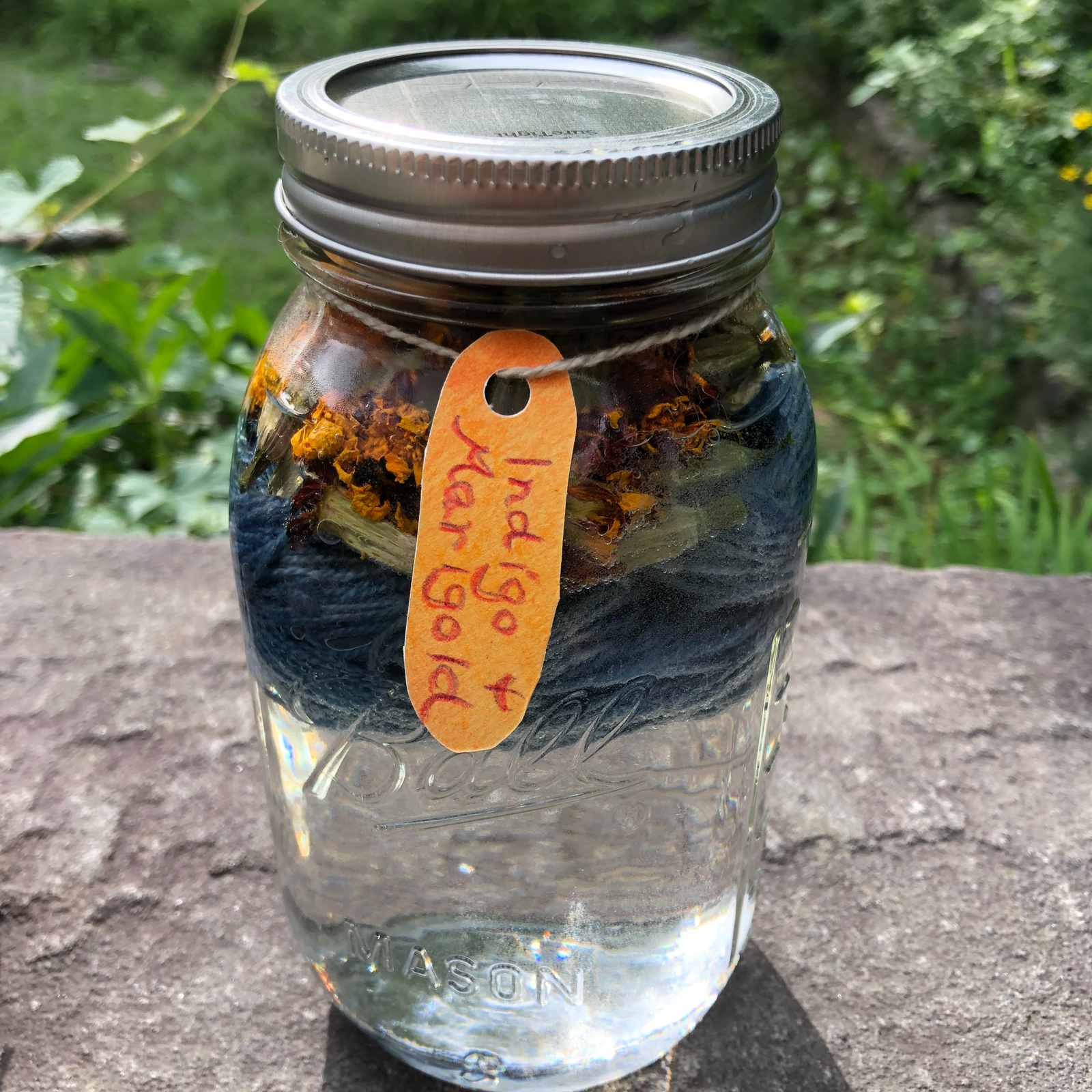For one of my classes we had to watch this TED lecture by Ken Robinson:
Bring on the Learning Revolution. I thought it was magnificent and would recommend this short video to everyone. Although not specifically about Waldorf education, many of the quotes are strikingly relevant:
"Education, in a way, dislocates many people from their talents."
"Human resources, like natural resources, are often buried deep... you have to create circumstances where they show themselves."
"A 3 year old is not half a 6 year old."
"We have built our education system on the model of fast food... where everything is standardized... it's impoverishing our spirits and our energies as much as fast food is depleting our physical bodies."
"Human talent is tremendously diverse."
"Human flourishing is not a mechanical process, it's an organic process."
"The reason so many people are opting out of education is because it doesn't feed their spirit."
Speaking of spirit, I was writing a paper for another class and looking up some quotes from Maria Montessori. I'm always struck by how much she talks about the spiritual world -- quite similar to Rudolf Steiner -- but those quotes aren't often shared by supporters of her method who have instead placed all their chips on the Early Academics portion of her philosophy. Here is some food for thought from Montessori:
on spirit
“Our goal is not so much the imparting of knowledge as the unveiling and developing of spiritual energy.”
-
The Child in the Family :: The Clio Montessori Series, 1996 :: p. 63
“During this early period, education must be understood as a help to the unfolding of the child’s inborn psychic powers. This means that we cannot use the orthodox methods of teaching...”
-
The Absorbent Mind :: Clio Press Limited, 1994 :: p. 4
“The child is truly a miraculous being, and this should be felt deeply by the educator.”
-
The Absorbent Mind :: Clio Press Limited, 1994 :: p. 121
on imitation
”A child is an eager observer and is particularly attracted by the actions of the adults and wants to imitate them. In this regard an adult can have a kind of mission. He can be an inspiration for the child’s actions, a kind of open book wherein a child can learn how to direct his own movements. But an adult, if he is to afford proper guidance, must always be calm and act slowly so that the child who is watching him can clearly see his actions in all their particulars.”
-
The Secret of Childhood :: Fides Publishers, 1966 :: p. 93
on toys
“But in those countries where the toy making industry is less advanced, you will find children with quite different tastes. They are also calmer, more sensible and happy. Their one idea is to take part in the activities going on about them.”
-
The Absorbent Mind :: Clio Press Limited, 1994 :: p. 154



 Immersive Experience
Immersive Experience Immersive Experience
Immersive Experience